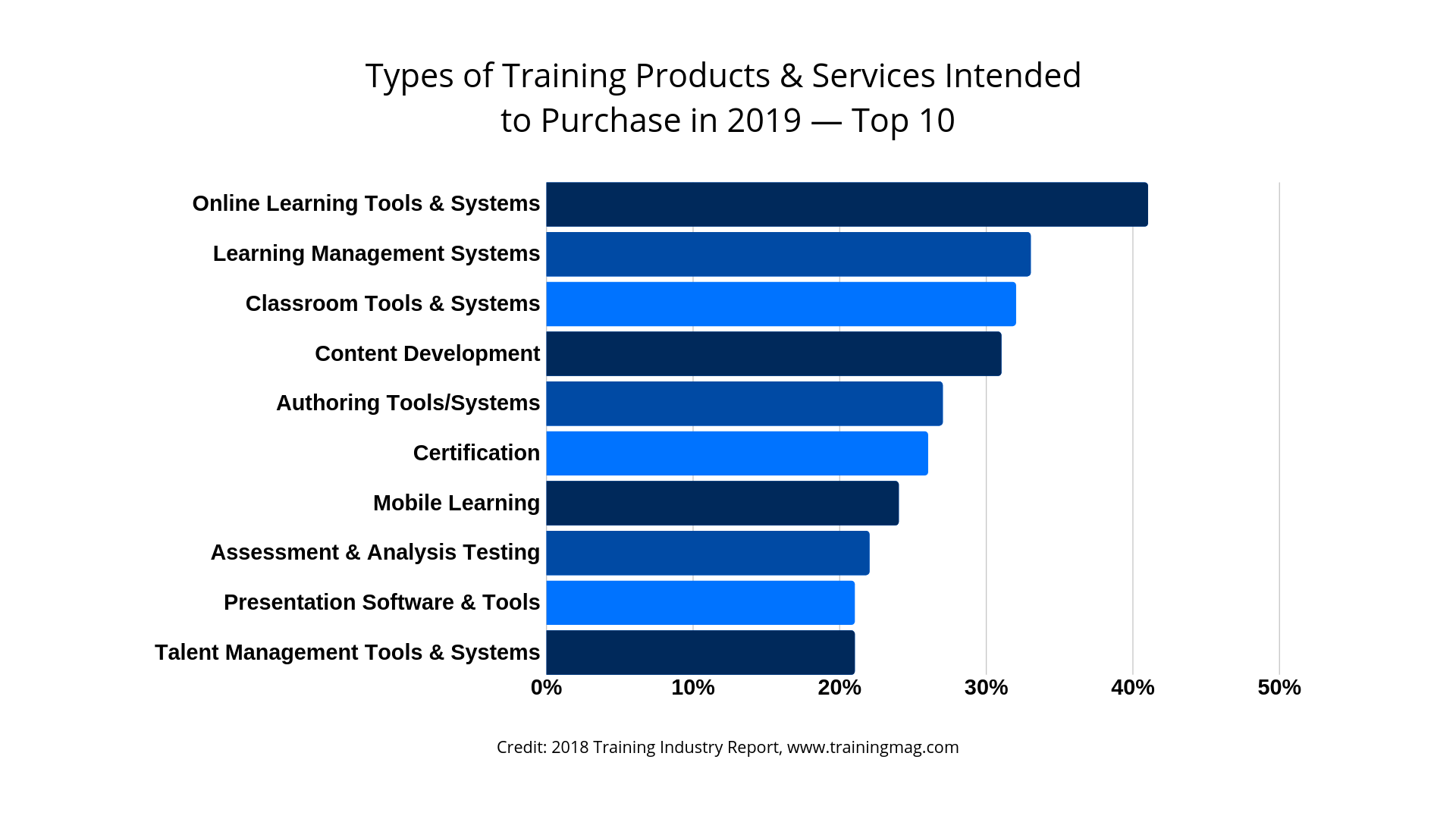And why online learning should be part of it
It’s nearing the end of the year, so it’s very likely that your department is talking about the budget. Maybe you’re feeling pressured to “use it or lose it,” so you’re trying to decide how to spend your remaining funds wisely to secure the same amount for next year. Maybe you’re also stressing about how to plan that budget for next year. How cost-efficient were you this year? Did you spend too much or too little on anything? What is the right amount to spend?
Before you use that last bit of the budget to secure a personal pancake artist for your team, take a look at how much you spend on training. Do you have a training budget?
Why you should have a training budget
One of the most common objections we hear from engineering team leads about training is “we don’t need it.” It can be easy to assume that you’re fine with what you’ve got: your employees are capable, and the usual in-person sessions suffice for training new hires. Why increase training costs?
While that all might be true, there are numerous benefits of investing in ongoing training and continuous learning, including improved employee engagement and retention, standardization of key skills and reduced skill gaps, maintained productivity, staying updated with industry and software changes, and even financial growth and profitability.
Beyond the big-picture benefits, there is also an increased demand for training from employees. In fact, 87% of Millennials (who now make up the majority of the workforce) feel that professional development is a top reason to stay at a company, and 9 out of 10 employees want their organization to offer more training.
→ Related: Learn more about investing in learning by downloading our free white paper, Calculating the True ROI of Continuous Learning.
If all of those reasons aren’t enough justification for a training budget, just look at the magnitude of the industry. Training magazine showed in a recent industry report that the training industry was worth $87.6 billion in 2018. They also found:
- Large companies spent an average of $19.7 million and mid-size companies spent $2.1 million on training (up 16% and 40% from 2017, respectively). Even small companies spent an average of $355,000.
- Average training cost per learner was $986.
- Companies spent nearly 50 hours training each employee.

How does your company’s training budget stack up (if you have one)? Still think your team “doesn’t need” more training? The message the industry sends is clear: training is an essential investment. So even if you aren’t setting up a training budget, it’s a safe bet that your competitors are.
Why online learning should be in your training budget
You’ll notice in the Training magazine report that overall spending on training decreased slightly in 2018 from an all-time high in 2017 ($90.6 billion). This translated to a decrease in average spend per employee as well, which was reduced from $1,075 in 2017 to $986 in 2018.
Despite spending less, companies provided about the same number of training hours in 2018 (46.7) compared to 2017 (47.6). Companies are finding more cost-efficient ways to use their training and development budgets. Many respondents whose budgets decreased cited that they “added more blending learning opportunities and reduced the need to travel.”
Blended learning refers to a mix of traditional, classroom training with online learning technology. While there is a time and place for in-person training, online learning is moving the needle for efficiency in the training sphere.
Online learning platforms require significantly less overhead and resources than traditional, in-person training. Here are a few examples:
- The coordination and resources needed for traveling to external training sessions can be eliminated. The same can be said for bringing training sessions in-house.
- Subscriptions to online learning services usually cost a fraction of what classroom training courses cost while covering the same material.
- Since eLearning content lives online, it’s easy for employees to refresh their skills at any time. Meanwhile, it’s much more difficult to retain learnings from an in-person training that only happens once or twice a year.
- When employees can access training online, they gain skills and find answers quickly with minimal disruption to their work day. Classroom training requires employees to spend days or even weeks away from the workplace, which can harm productivity.
- Classroom training is not easy to scale. As your company grows and changes, online learning adapts to your needs and new employees can start training with the click of a button.

Overall industry trends indicate that companies are significantly investing in training, but the trends also show that more and more organizations are adopting or expanding their use of online learning. In 2018, 68% of profession or industry-specific training (e.g. SOLIDWORKS training for design engineers) was delivered at least partially online.
As for 2019? You can expect this percentage to increase, as 41% of organizations surveyed in the report stated that they intend to purchase online learning tools and systems next year. Online learning won out above all other types of training products and services for 2019 training budgets. In second place? Learning management systems with 33%. Each of the Top 10 intended spending areas all relate to digital learning, tools, and technology in some way.
So this year, while you’re figuring out how to spend those last few department dollars, give your employees something they really want: a better training budget. Or, start off next year with a resolution to build a training budget into your planning and make sure that online learning is a part of it.
Building a cost-efficient training budget can be a daunting task. Download our free guide for examples of how to calculate your training budget and tips for getting started.

























